Take a Walk with Me: Writing Poems Rooted in Mindfulness and Nature
I define a walk as moving at an even pace without having both feet off the ground at the same time. Merriam-Webster classifies a walk as “to move along on foot : advance by steps.” The Cambridge Dictionary suggests a walk is “to move along by putting one foot in front of the other, allowing each foot to touch the ground before lifting the next.” People go on walks for all kinds of reasons: curiosity, pleasure, exercise, even religious pilgrimage. Walking is a relationship unique to the individual. Every walk is different, even if the path or routine is the same. It is a process that, whether we are conscious of it or not, involves the whole self: the mental, the emotional, and the physical.
As a poet, my writing is informed by nature, which means I often go on walks to gather my thoughts or find inspiration. During that time I meditate to enter the headspace of walking in nature and to be present within it. My favorite mediation comes from Thich Nhat Hanh’s How To Walk: “With each step. I come home to the Earth. With each step, return to my source. With each step, I take refuge in Mother Earth. I love the Earth. I am in love with the Earth” (114). I find myself more in tune with my senses, developing my own personal relationship with walking and nature. When I walk, I take deep breaths, making note of each smell on the inhale. The point of my walks aren’t the destination, but rather to explore and notice the small things: the squirrel trying to cross the street, the grackles and goslings wading in the stream, and worms on the sidewalk.
A poem I often go back to is Mary Oliver’s “How I Go Into the Woods,” which illustrates her own relationship with walking and nature. She opens by stating that she prefers going to “the woods alone / with not a single friend,” her reason being that she doesn’t “really want to be witnessed / talking to the catbirds / or hugging the old black oak tree.” Oliver’s experience with nature is intimate, one that is religious-like and full of praise. This is her way of “praying,” acknowledging that her experience is significant to her even if it might not be for others. Oliver can sense the stillness of the Earth. She “can sit on the top of a dune / as motionless as an uprise of weeds until the foxes run by unconcerned,” and feel the “almost unhearable sound of the roses singing.”
Oliver’s poem is reminiscent of the way Hanh’s mantra encourages one to cherish the Earth with every step. Her poem seems to show a routine with her interactions among the trees– a familiarity. The walk she takes means something to her because she gives it meaning, different from others who might take that route. For her, those woods are incredibly precious. To others, a walk through them is meaningless. Her poem is a way to translate the significance of the walk; the two together are a reflection of her values and characteristics.
Walking, meditation, and poetry interact in a way that is highly individual. For me, the three have a dialogue which allows me to create meaningful work. Poems like this:
Standing with Natalia
Above me, the fruit from an osage orange tree,
(that isn’t orange at all)
weighs down the branches in bundles.
It’s skin rough and thick with deep creases
like the way our grandmother’s skin wrinkled
with deep valleys when she smiled.
A nearby tree is bare and brittle with divots,
hollow cavities, and two vines that coil around its trunk.
I don’t think it will make it to spring.
Further down the road,
from a stump, there are flowers growing.
That spring we planted a tree in our grandmother’s name.
It was, oddly, my birthday gift from our parents that year.
For many, poetry is a cathartic expression. Meditation offers the same relief and walking can interweave both practices. Each one can exist without the other, but when together, they build off one another to create beautiful art. I can only encourage you to notice more with your senses, feel deeply, and give meaning to your walks.
Written by Ari Acevedo
Ari Acevedo is a queer latine writer studying poetry at Loyola University Maryland. Currently, they have had their poems: "Above and Below," "The Mantis," and "Down the Rabbit Hole" published in the literary magazine Corridors. They also write for Girls' Life Magazine about Style, Life, and Beauty as an intern.
